El Retiro Park, in Madrid, is one of those places both locals and tourists love. In my four years living in this city, I’ve been in the park many times and still find it fascinating. To be fair, El Retiro is huge, and you can always find something new. So, I’ve made it my mission to see everything there is to see in the park. In this post, I’ll share El Retiro Park’s main attractions and hidden gems. Keep reading to find out what Madrid’s favorite park offers.
The Ultimate Guide to Madrid’s El Retiro Park
Brief History of the Park
El Retiro Park, or Parque del Buen Retiro, covers 1.4 square kilometers (350 acres). The park has a variety of gardens, statues, and monuments and is part of Madrid’s UNESCO area.
The park’s history began in 1630 when King Felipe IV and Queen Isabel de Borbón created the original Retiro Palace. The palace and its gardens were for their private use. Gaspar de Vega designed the first layout, while architects Alonso Carbonell and Giovanni Battista Crescenzi built the buildings. Throughout the 17th and 18th centuries, the park had several expansions.
During the Napoleonic Wars in 1808, French troops under Napoleon Bonaparte occupied Madrid and used El Retiro as their base. After the war ended in 1814, King Fernando VII further developed the park, opening sections to the public for special occasions.
In 1868, following Queen Isabella II’s exile from Spain, El Retiro Park became the property of Madrid’s municipal government. The government permanently opened the park to the general public. This marked the beginning of significant changes to its landscape and architecture.
Today, El Retiro Park remains one of the most popular attractions in Madrid. El Retiro is also one of the most beautiful parks in Madrid and my favorite of all the places I’ve been worldwide.
Top Attractions in El Retiro Park
If it’s your first time visiting Madrid and you won’t be staying in the city for long, these are the attractions you MUST see in El Retiro Park:
- Estanque Grande
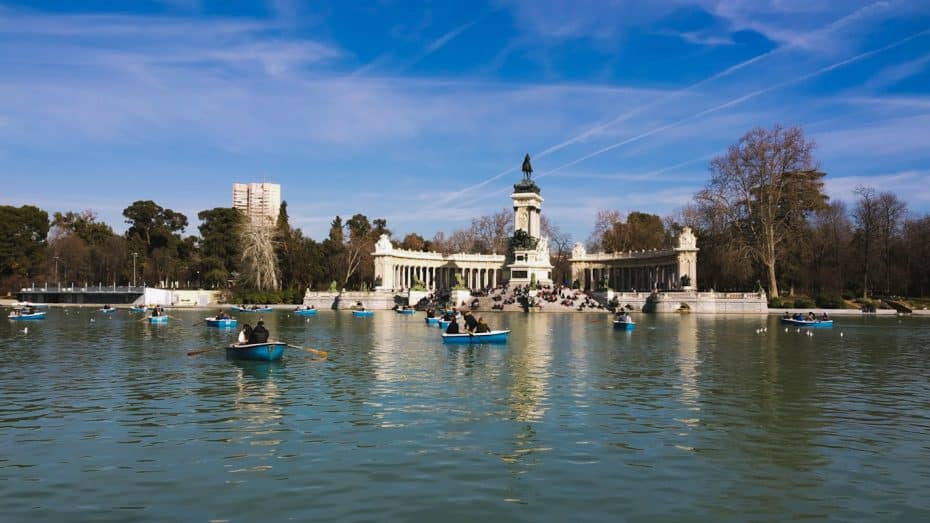
This artificial pond is one of the most photogenic places in Madrid. The Estanque Grande de El Retiro is also one of the most popular spots in the park. So, I could bet you’ve seen photos of your friends next to it on Instagram.
Behind the pond, there’s a statue of King Alfonso XII made by Mariano Benlliure. If you’re a photographer, you’ll love to capture this attraction at sunset. During the “golden hour,” the light is especially beautiful.
You can also rent rowing boats or take canoeing lessons in the pond.
- Palacio de Cristal
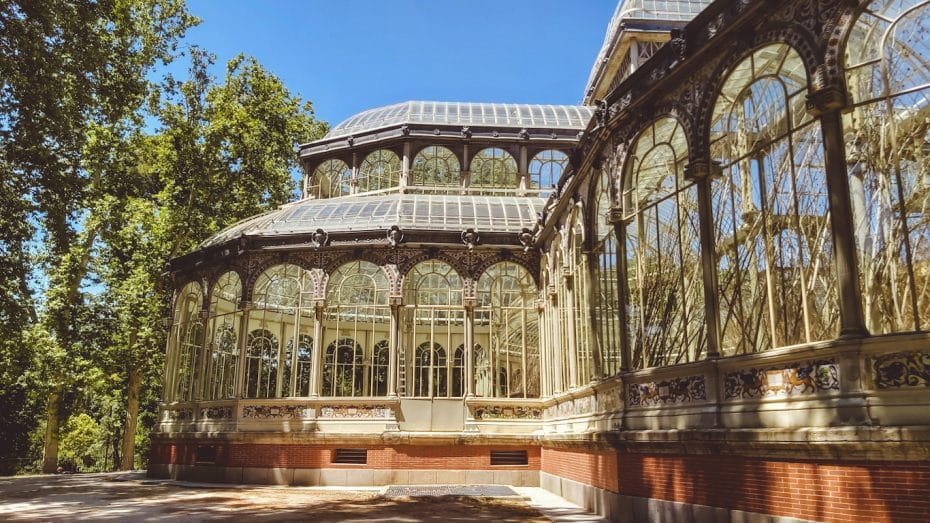
The Palacio de Cristal (or Crystal Palace) may be the second most famous attraction in El Retiro Park.
This greenhouse, made of steel and glass, was built in 1887. The architect behind its design was Ricardo Velázquez Bosco.
But was the Palacio de Cristal so popular? Well, it is stunning. The crystal glass catches the light beautifully throughout the day. Hence, you can always count on people doing photoshoots using it as a background.
Inside the palace, there are temporary art exhibitions and installations. These exhibits are curated by the contemporary art museum Reina Sofía.
There’s also a cute pond in front of the palace with ducks and black swans.
- Paseo de la Argentina (Statue Walk)
Paseo de la Argentina is a walk lined with royal statues. Thus, it is known as Statue Walk. Each sculpture represents a fascinating moment in Spain’s history, making the walk both educational and visually appealing.
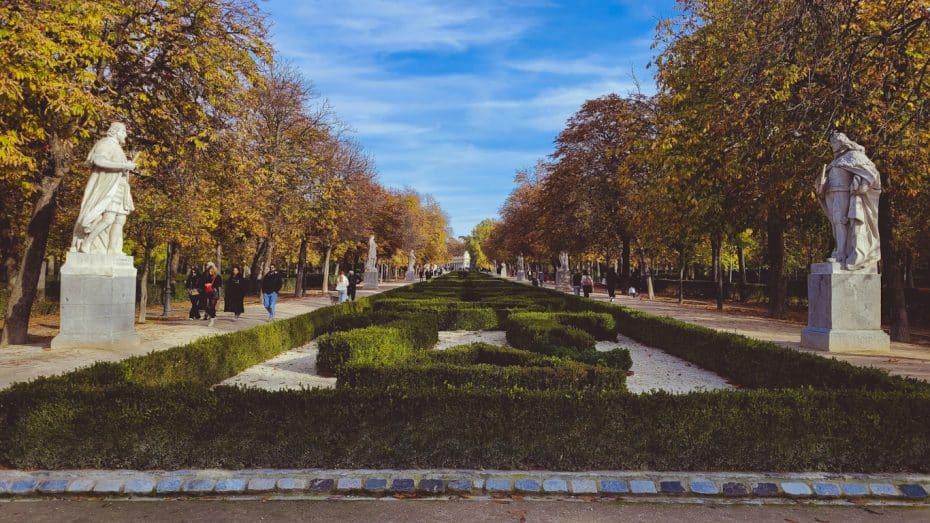
In Paseo de la Argentina, you can see statues of Spanish kings and queens from different periods. Key figures include Alfonso XI, Joanna of Castile, Ferdinand II of Aragon, and Isabella I of Castile.
Many architects were involved in creating these statues. Juan Domingo Olivieri completed several sculptures during the 18th century, such as those of Alfonso XI and Joanna of Castile. Additionally, Felipe de Castro designed the statues representing Ferdinand II of Aragon and Isabella I of Castile.
- Rosaleda de El Retiro
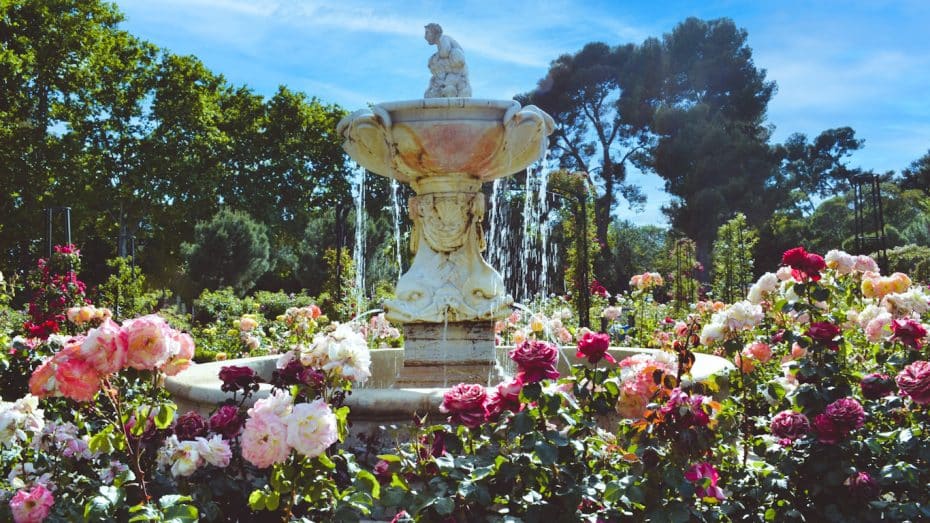
This rose garden is particularly beautiful in the springtime, from May to June. That season is also when it’s the most crowded. However, I (finally) visited the Rosaleda the past summer, and the roses were still in full bloom. Plus, there were fewer people, so I could take my time smelling the flowers (literally) and taking pictures.
The Rosaleda de El Retiro is home to over 130 rose species. So, a walk through this garden, full of colors and scents, is a real sensory treat.
- Fuente del Ángel Caído (Fallen Angel Fountain)
Though it may be the least popular of the must-see attractions of El Retiro, this fountain is worth a visit. Why? Because it has one of the few representations of Lucifer in the art world.
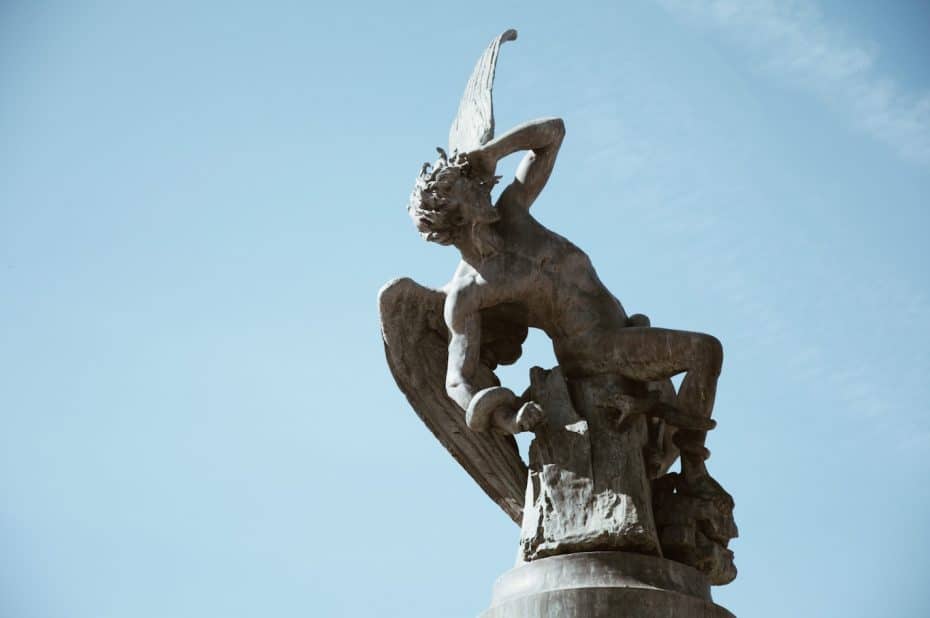
The sculpture showcases the moment Lucifer is kicked out of paradise. The statue is a work of architect Ricardo Bellver. Its creation in 1878 was for the Exposition Universelle of 1878 in Paris.
Hidden Secrets of El Retiro Park
- Montaña Artificial or Montaña de los Gatos
The Montaña Artificial (Artificial Mountain) is near the northern edge of El Retiro Park. This mountain was created in 1817 under King Ferdinand VII’s orders.
From the outside, you may think it’s a real mountain, covered with plants and flowers and surrounded by waterfalls. But this building’s made of bricks and hollow on the inside.
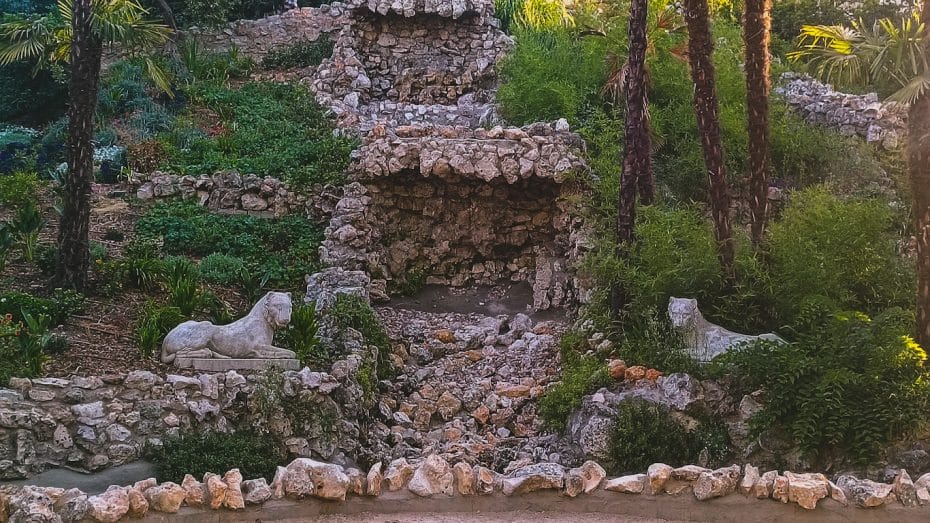
After all, the Artificial Mountain was never intended for the general public. This attraction’s creation was for the monarchy’s use only and needed to remain a secret. Initially, there was a waterwheel inside the mountain. A (now unexisting) temple on top of the mountain also served as a lookout during later battles.
In the 80s, restorations turned the inside of the Montaña Artificial into an exhibition hall. Years later in 2002, a series of landslides forced the authorities to close the mountain. In remain closed until 2023. You can visit the exhibit, which showcases this attraction’s history, for free. You can also get beautiful views of the park from the top of theartificial mountain.
- Ruins of the Ermita de San Pelayo y San Isidoro
Near the Artificial Mountain, you’ll see the ruins of the Ermita de San Pelayo y San Isidoro. I’ve only discovered this monument recently and I still can’t figure out how I’ve never seen it before.
Originally built during the 12th century in Ávila, this Romanesque hermitage honored the saints Pelayo and Isidoro. Over the years, the church was severely damaged. It was relocated to Madrid in 1896 in a project led by architect Ricardo Velázquez Bosco.
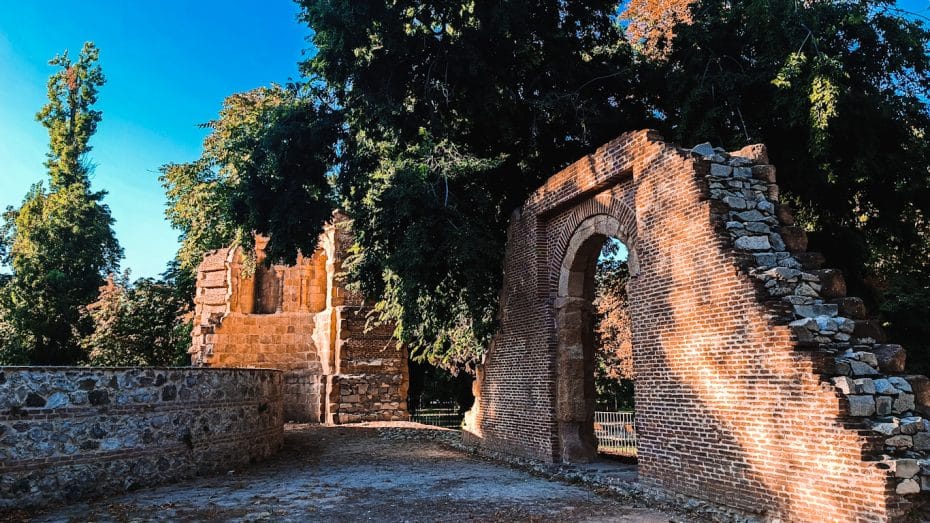
- La Casa de Fieras (Old Zoo)
La Casa de Fieras, also known as the Old Zoo, is an often-overlooked attraction within El Retiro Park in Madrid, Spain. Located in the southeastern area of the park, this site was a royal menagerie.
Established in 1774 under King Charles III’s reign, La Casa de Fieras originally housed exotic animals imported from Spain’s colonies. Throughout the years, the animal species residents kept growing, so there were additional structures built to accommodate them.
However, by 1972, it was deemed inadequate to meet the needs of its animals. As a result, the animals were relocated to other facilities, and La Casa de Fieras ceased operations as a zoo.
The remnants of its former purpose are still present today; empty cages and enclosures hint at once-bustling areas filled with animal activity.
- Casa de Vacas
Built initially in 1874, Casa de Vacas functioned as a cowshed during its early years. In 1886, due to the heightened demand for spaces hosting cultural events, it became a social club and theater.
Throughout the years, this structure hosted including art exhibitions, theater performances, and conferences. In 1983, after undergoing renovations, Casa de Vacas opened as a cultural center focused on promoting contemporary visual arts.
Best Events and Festivals in El Retiro
Every May since 1928, El Retiro hosts the Concurso de Rosas Nuevas, a rose contest where rosarians from around the world gather to showcase their newest rose hybrids. The competition takes place, naturally, within La Rosaleda area.
El Estanque Grande del Retiro is also an epicenter of events in El Retiro. For example, every Noche en Blanco (White Night), you can catch performers on floating stages on the pond. This water body has served as a key location for events since its creation in early 17th century.
The Madrid Book Fair (Feria del Libro de Madrid) is allso among the best events in El Retiro, Madrid. This annual event welcomes publishers and booksellers that present books and engage with readers. Regarded as an essential cultural event in Madrid, celebrated authors often participate in book signings and panel discussions. The book stalls open the last friday of May each year and remain open for 17 days.
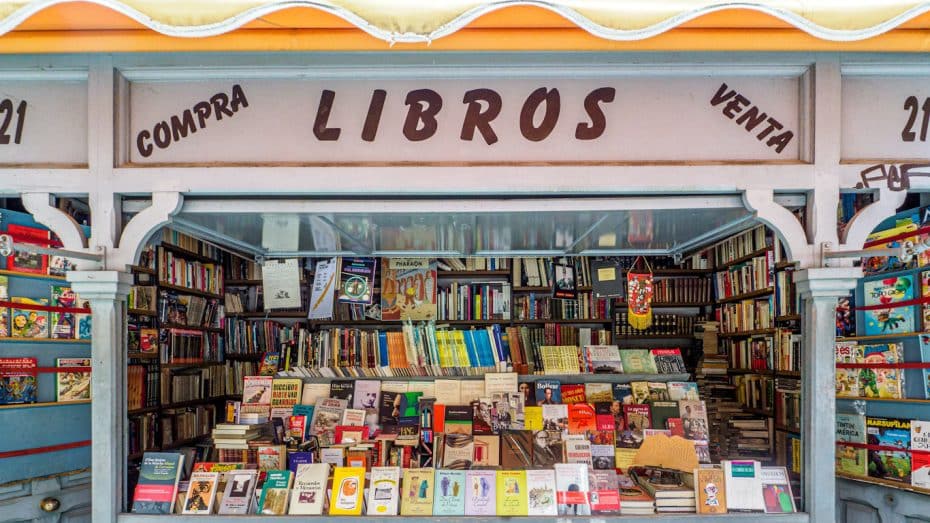
Practical tips for visiting El Retiro Park in Madrid
Best Time to Visit El Retiro Park
The best to visit El Retiro Park is during the months of April and May or September and October. During these months, temperatures in Madrid tend to be mild, typically ranging around 15-20°C (59-68°F). Additionally, visiting the park during the spring and fall seasons means you’ll see vibrant colors of blossoming flowers or changing leaves. That said, keep in mind that rainfall is common during some days in the Autumm (fall).
Discover the best time to visit Spain
How to Reach El Retiro Park in Madrid
The metro provides direct access to the park through its Line 2, with stops at Retiro Station and nearby Ibiza Station.
The Cercanías train (local train service) also grants quick access to Retiro via Recoletos Station, which operates on C-1, C-2, C-7, C-8, and C-10 lines. Additionally, several bus lines run through Madrid’s city center and stop near or within the park grounds.
Nearby Attractions
Next to El Retiro Park, you’ll find the renowned Museo Nacional del Prado. Founded in 1819 by King Ferdinand VII, the museum houses a noteworthy collection of European art from the 12th to the early 20th centuries. Specific artists whose works you can see in the museum include Francisco Goya, Diego Velázquez, and Hieronymus Bosch.
Another nearby cultural institution is the Museo Nacional Centro de Arte Reina Sofía, one of the best museums in Madrid. Established in 1990 and named after Queen Sofía, this museum focuses on modern and contemporary art. A central piece of its collection is the “Guernica” painting by Pablo Picasso, created in response to the bombing of Guernica during the Spanish Civil War.
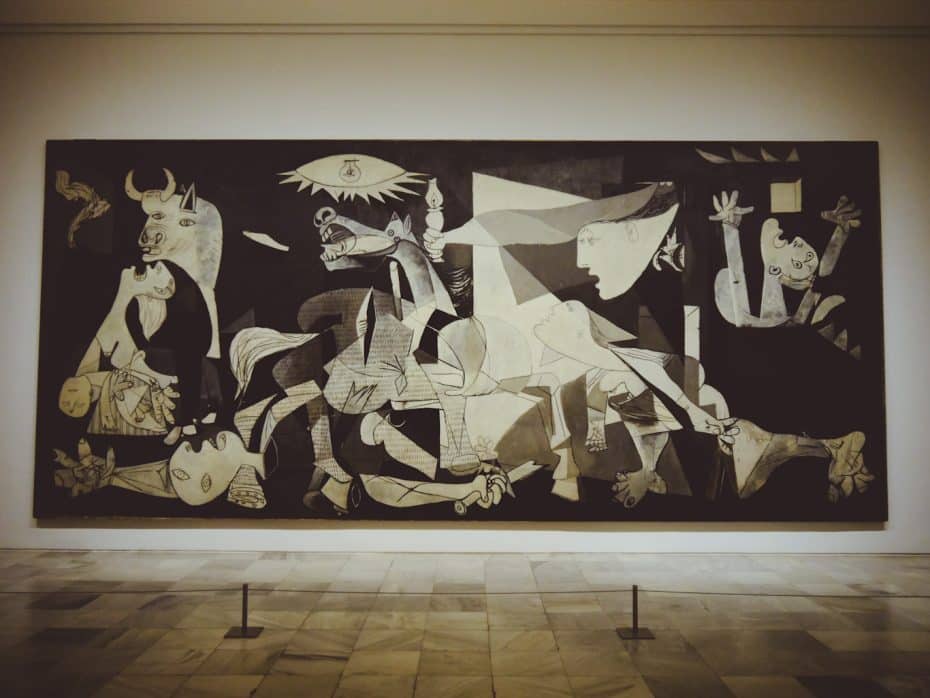
Additionally, the Real Jardín Botánico de Madrid (Royal Botanical Garden of Madrid) is also close. This garden contains over 5,000 live plant species.
Where to Stay Near El Retiro Park in Madrid
The area surrounding the park is one of the best locations to stay in Madrid. By booking a hotel in the area, not only will you be staying near the park, but also close to some of the bestattractions in the city. Some of the best hotels near El Retiro Park are the Mandarin Oriental, the Wellington Hotel & Spa and the Hospes Puerta de Alcalá.
For more information on where to stay in Retiro, visit our Madrid accommodation guide.


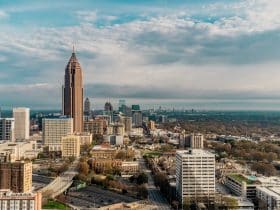


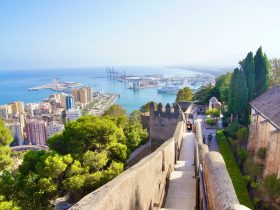
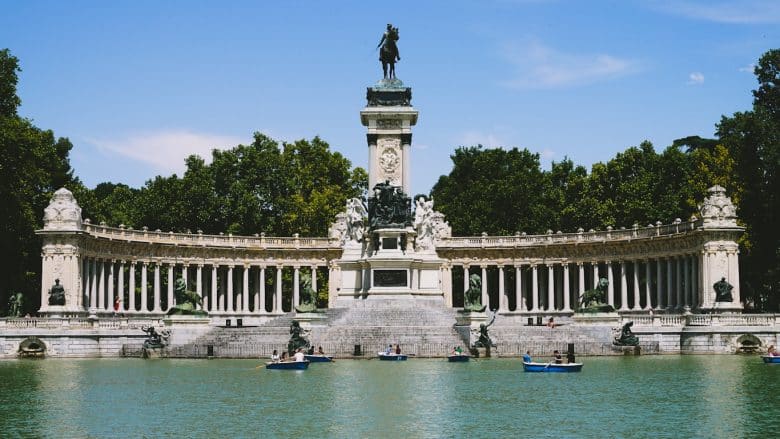
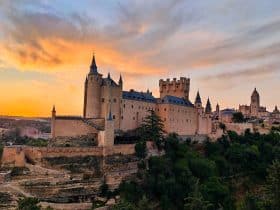
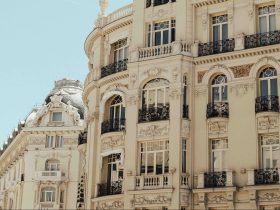
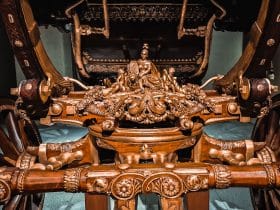
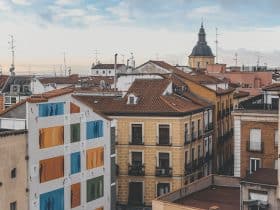
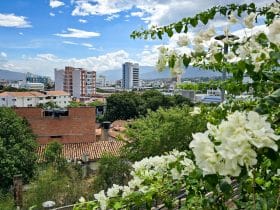
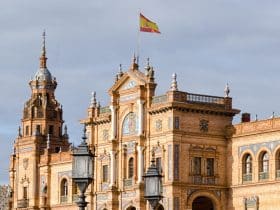
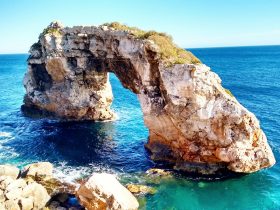








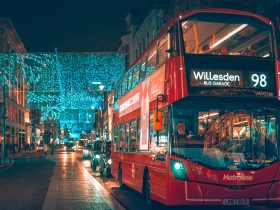

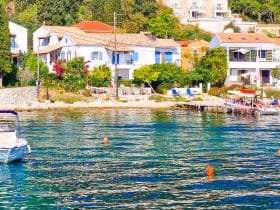
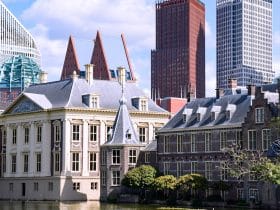
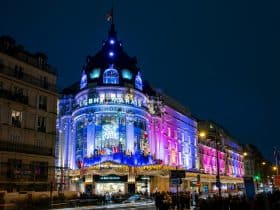
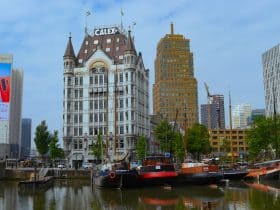
Leave a Reply
View Comments